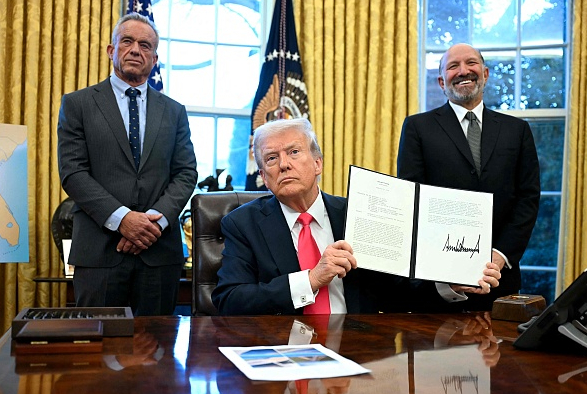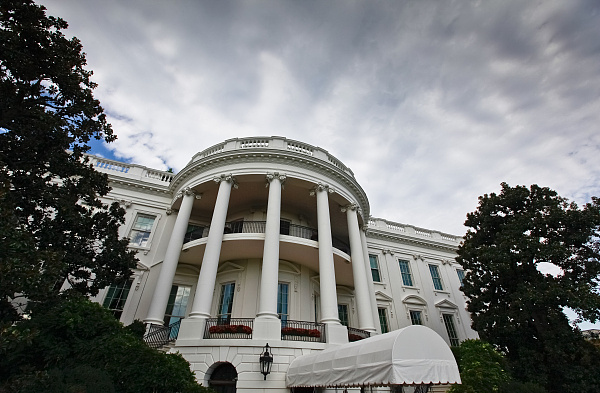
On February 26, 2025, local time, US President Donald Trump once again waved the banner of trade protectionism and signed an executive order instructing the Department of Commerce to conduct an in-depth study on possible copper tariffs. This move is the latest in a series of tariff measures by the Trump administration against specific industries. Its potential impact may reshape the global supply chain and trigger profound changes in the international trade pattern.
The background of the Trump administration's move is the continued escalation of global trade tensions. President Trump has always advocated the use of tariffs to protect US domestic industries and reduce trade deficits. In previous executive orders, he has imposed tariffs of up to 25% on key metals such as steel and aluminum, saying that this move is to safeguard US national security. This time, targeting copper shows that the Trump administration has further tightened its trade policy.
As an important industrial raw material, copper is widely used in industries such as construction, electricity, transportation and electronics. The United States is one of the world's largest copper consumers, but its domestic copper mine production is limited and highly dependent on imports. The Trump administration believes that imposing tariffs on copper can enhance the competitiveness of domestic copper mining companies, promote employment, and reduce dependence on external supplies. However, the actual effect of this policy is full of uncertainty.
Analysts point out that the implementation of copper tariffs may lead to higher manufacturing costs in the United States and weaken its competitiveness in the global market. In addition, this move may trigger retaliatory measures from trading partners, further exacerbating global trade tensions. Major copper exporting countries such as Mexico, Chile and Peru have said that they will closely monitor the movements of the US government and reserve the right to take countermeasures.
It is worth noting that the Trump administration's tough stance on trade policy has not been loosened. In early February this year, Trump signed an executive order to suspend the imposition of tariffs on Mexican goods and postpone its implementation until March 4, 2025. This move shows that the Trump administration is also seeking a balance when dealing with important trading partners.
For the global supply chain, the Trump administration's copper tariff plan is undoubtedly a potential "time bomb". The business community is generally concerned that tariff measures may lead to an imbalance in the global copper market supply and demand, push up copper prices, and in turn affect production and investment decisions in various industries. Multinational companies have begun to assess potential supply chain risks and consider adjusting their global production and procurement strategies.
This latest move by the Trump administration has once again pushed global trade policy to the forefront. In the future, the implementation effect of copper tariffs and their impact on the global economy and trade pattern will become the focus of international attention. Governments, enterprises and academia need to pay close attention to relevant trends and actively respond to possible challenges.

Below is the English translation of the text, with precise handling of political terms, consistent sentence structures, and preservation of the original’s analytical tone and logical flow:
Below is the English translation of the text, with precise …
On December 15 local time, Trump took the British Broadcast…
In recent years, the application of artificial intelligence…
According to Yahoo US media reports, the recent remarks of …
After 11 years of waiting in the deep sea, we finally have …
On December 17, 2025, the newly renovated American "Preside…